
IASTM Practitioner Certification from Dr. Shante Cofield
Salepage : IASTM Practitioner Certification from Dr. Shante Cofield
Archive : IASTM Practitioner Certification from Dr. Shante Cofield
FileSize : 1.4 GB
AVAILABLE IMMEDIATELY
Have you been wondering how instrument-assisted soft tissue mobilization (IASTM) techniques could be used in your practice?
You might’ve heard the term “IASTM” and associated it with rough techniques, overwhelming training or expensive tools. In the past, that may have been true. But we’ve partnered with the experts at RockTape to create a brand-new training program to change all that — the IASTM Practitioner Certification.
With over 7 years of experience, Dr. Shante Cofield (aka The Movement Maestro) will walk you step-by-step through how to use the IASTM tool, so you’ll feel confident using it on clients who suffer from any number of conditions in the upper and lower body, including clients with conditions like:
- Tennis Elbow
- Shin Splints
- Patellofemoral Disorders
- Lingering Scar Tissue
- Fibromyalgia
- Carpal Tunnel Syndrome
- Lumbar Sprain/Strain
- Rotator cuff dysfunction
- and so many others!
Then this training is for you. Help your client heal by using tools that connect both neurologically and mechanically, treating the whole body.
RockTape has brought movement and pain solutions to over 50,000 professionals worldwide — and when all your clients are looking for is relief, it’s nice to know you’re trained by the best!
Plus, when you enroll in this offer today, you’ll also get an exclusive discount on your own set of IASTM tools — a set of specially designed RockBlades!
IASTM isn’t just training… It’s a revolution in the rehab world! When you use an IASTM tool it becomes an extension of you — the techniques decrease overall time of treatment, facilitate faster recovery and so much more.
Why Use IASTM?
IASTM isn’t just another treatment — these precision instruments make it easier for you to detect and treat fascial dysfunction, triggering an inflammatory healing response in the body.
These powerful tools also assist in reducing adhesions and increase healing rates of targeted tissue by giving you a more pinpointed method of treatment. While the training increases your skillset, the tools become an extension of you, diving deep into the soft tissue of your client’s body.
With the proper training, these tools are incomparably useful. The structure of each edge, the nodules, and the hand grip make this the ultimate tool in instrument assisted soft tissue mobilization.
This hands-on certification program gives you the skills you need to begin using IASTM with clients across the continuum of care — without spending thousands on equipment. This training will show you in-depth case studies and prepare you with problem-solving skills you can use immediately in your very next session.
AVAILABLE IMMEDIATELY
With this IASTM Certification Program you will learn:
Key Principles of Instrument-Assisted Soft Tissue Mobilization
Dr. Shante Cofield will walk through the Movement Pyramid framework and show you:
- How movement, mobility and motor control are pivotal to your rehab routine
- how these patterns and problems can have a ripple effect on your client
- The physiological and neurological effects of instrument-assisted techniques
- An in-depth look into the IASTM blueprint, including how to feed the brain, tissue tolerance concepts, a graded exposure system
- And so much more!
Functional Movement Screening
Dive into sagittal, frontal and transverse plane patterns, along with:
- Common problems associated with a faulty planar movement pattern
- How these patterns and problems can have a ripple effect on your client
- The necessary steps to take in your rehab routine
Fundamental IASTM Techniques and Treatment Strategies
This in-depth portion of the training will show you how to:
- Use different treatment strokes with IASTM tools (like RockBlades)
- Integrate manual therapy, taping and movement into your treatment plans
- Use corrective exercise strategies utilizing kinesiology taping to improve stability following mobility enhancement
- Apply IASTM effectively with your client’s upper body, lower body, scar tissue and fibromyalgia
- Perform myofascial gliding and release along with other comprehensive strategies for improving function and performance.
Advanced Tips for Avoiding Common IASTM Mistakes
IASTM can be harsh on your client’s body if not used correctly, which is why you’ll discover:
- Techniques and strategies for preventing bruising, redness and hand fatigue
- How to maintain control of your IASTM tool when using emollient creams
Coding & Documentation Tips
Who Will Get the Most Out of This Program?
| • Physical Therapists
• Occupational Therapists • Athletic Trainers • Chiropractors • Certified Strength & Conditioning Specialists |
• Physical Therapist Assistants
• Occupational Therapy Assistants • Massage Therapists • Exercise Physiologists |
What is Health ?
The word health refers to a state of complete emotional and physical well-being. Healthcare exists to help people maintain this optimal state of health.
According to the Centers for Disease Control and Prevention (CDC), healthcare costs in the United States were $3.5 trillion in 2017.
However, despite this expenditure, people in the U.S. have a lower life expectancy than people in other developed countries. This is due to a variety of factors, including access to healthcare and lifestyle choices.
Good health is central to handling stress and living a longer, more active life. In this article, we explain the meaning of good health, the types of health a person needs to consider, and how to preserve good health.
In 1948, the World Health Organization (WHO) defined health with a phrase that modern authorities still apply.
“Health is a state of complete physical, mental, and social well-being and not merely the absence of disease or infirmity.”
In 1986, the WHO made further clarifications:
“A resource for everyday life, not the objective of living. Health is a positive concept emphasizing social and personal resources, as well as physical capacities.”
This means that health is a resource to support an individual’s function in wider society, rather than an end in itself. A healthful lifestyle provides the means to lead a full life with meaning and purpose.
In 2009, researchers publishing inThe Lancet defined health as the ability of a body to adapt to new threats and infirmities.
They base this definition on the idea that the past few decades have seen modern science take significant strides in the awareness of diseases by understanding how they work, discovering new ways to slow or stop them, and acknowledging that an absence of pathology may not be possible.

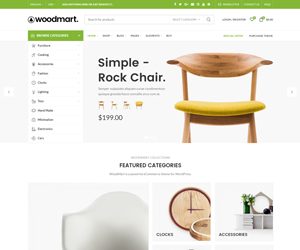




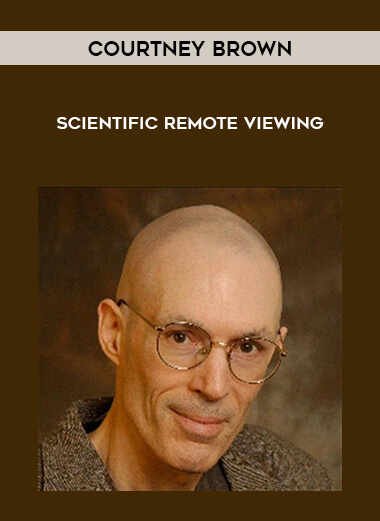
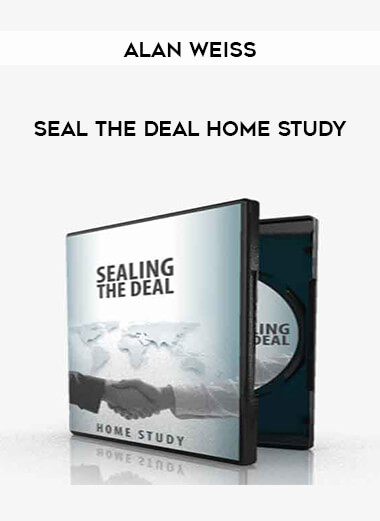



![Actioncoach.Kajab - Brad Sugars Profit Masters [Billionaire in Training] download](https://ivseed.info/wp-content/uploads/2022/03/zz.jpg)
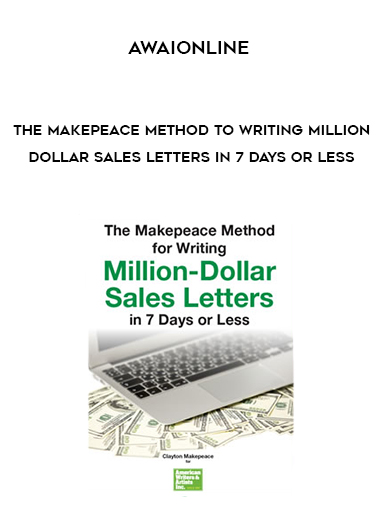

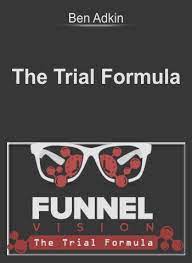
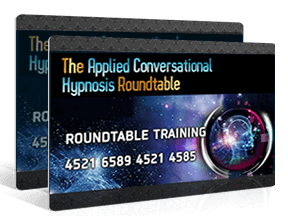

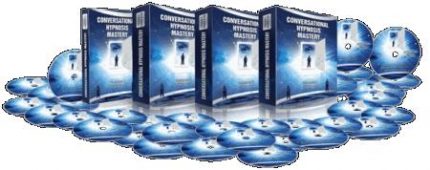

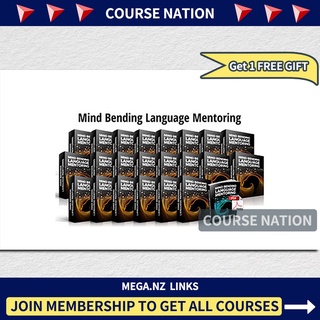



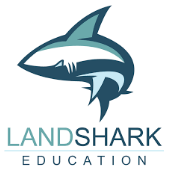
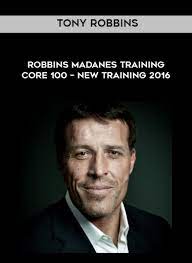

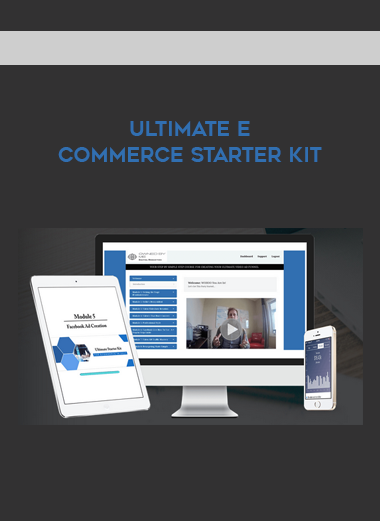
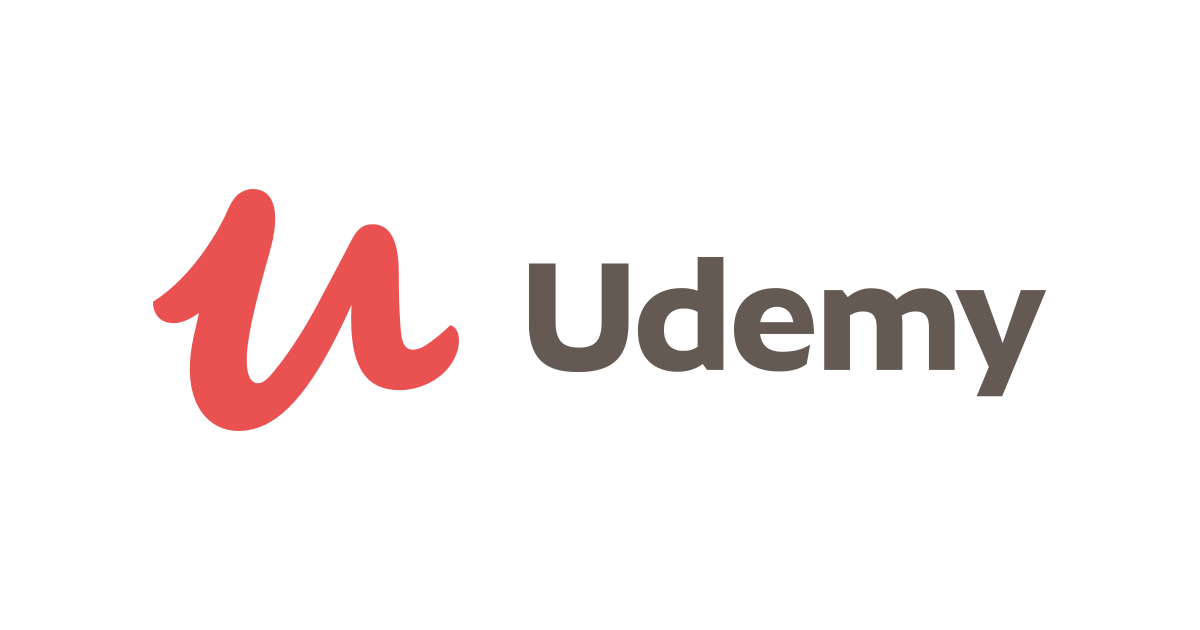

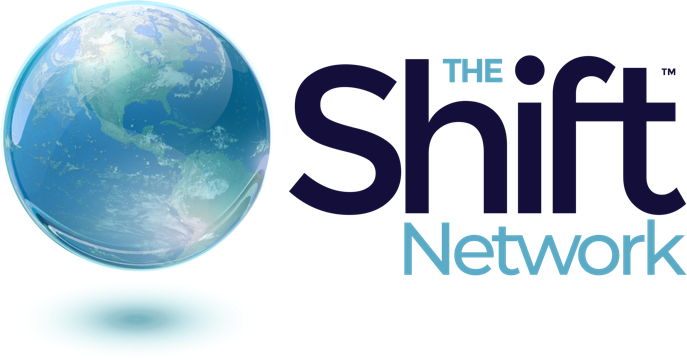








Reviews
There are no reviews yet.